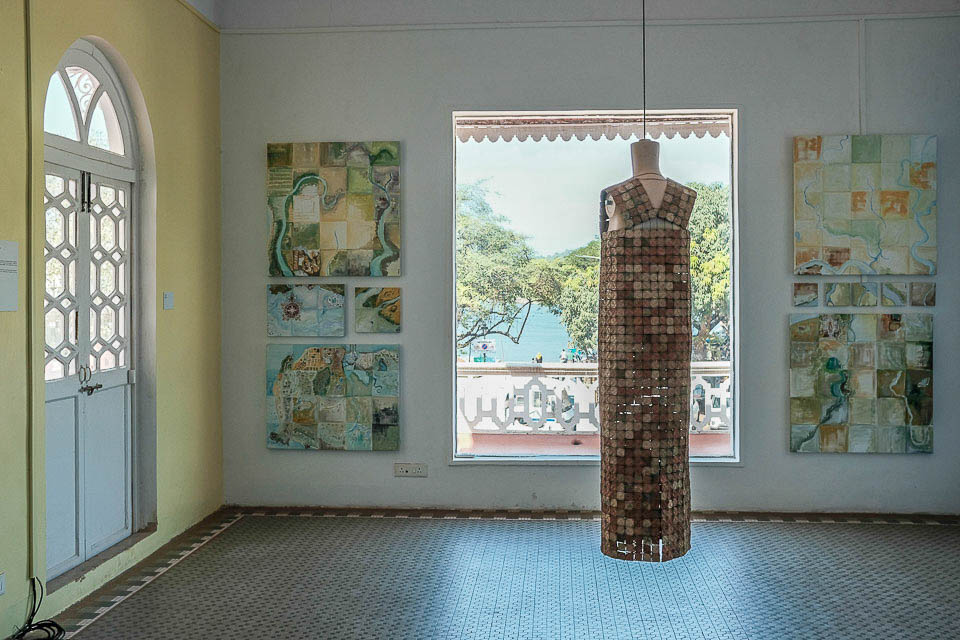The Indian art market is at a turning point. Economic growth, rising incomes and a more global outlook are driving a fresh wave of collectors with different instincts and motivations. Contemporary galleries that want to stay relevant must move fast, think sharp and adapt their approach to meet these shifts head-on.
A big change is the arrival of a younger, digitally native generation of collectors. They see art both as cultural expression and smart investment. They are global in taste, socially aware and drawn to work that reflects today’s political, environmental and social realities. They are just as comfortable buying art online as they are browsing a gallery. Platforms like AstaGuru and Saffronart are now serious arenas for high-end purchases. Galleries need to meet this generation where they are — with smart digital strategies, virtual exhibitions that actually work, top-quality imagery and real social media presence.
Physical galleries still matter but online platforms have rebalanced the market. Collectors want convenience and access without compromise. A tactile experience helps sell art, but it is no longer the sole driver. Galleries that blend physical with digital will win. Building strong e-commerce capabilities or collaborating with credible online platforms is not optional anymore. Transparency is the other big demand. Online auction records have made collectors savvier. Pricing, artist bios, and artwork details must be open and clear.
The reasons people buy art are also shifting. Prestige still plays a role but there is stronger demand for emotional connection, cultural significance and the joy of supporting emerging artists. Galleries need to tap into these emotional levers. Storytelling around the artist’s journey, the inspiration behind the work and its cultural context carries more weight now than dry valuations.
There is also a hunger for affordability and newness. Emerging artists and younger voices are pulling attention, especially from collectors with smaller but growing budgets. Galleries who actively scout new talent and build diverse, price-accessible inventories will catch this momentum. Regional and underrepresented artists are not just “nice to have” anymore — they are essential if a gallery wants to stay relevant.
Art fairs still play a key role but need sharper handling. India Art Fair remains the biggest platform, but participating is expensive and often risky. Galleries should be ruthless about choosing fairs that align with their brand and collector base. Presentation matters. Staffing matters. Execution matters.
Looking ahead, galleries cannot afford to work in old ways. The game is broader and faster now. Online must be strong but physical spaces must also evolve. Hosting talks, workshops and real interactions will keep spaces alive and meaningful. Partnering with cultural bodies, businesses and schools can introduce art to new groups who might not otherwise step into a gallery.
Emerging collectors see value differently now. It is no longer just about aesthetic appeal or future returns. It is also about emotional meaning, social relevance and the artist’s voice. Galleries that get this — and can communicate it well — will define the future of Indian art. Being digital, being transparent, supporting young artists and building real experiences is the only way forward.
